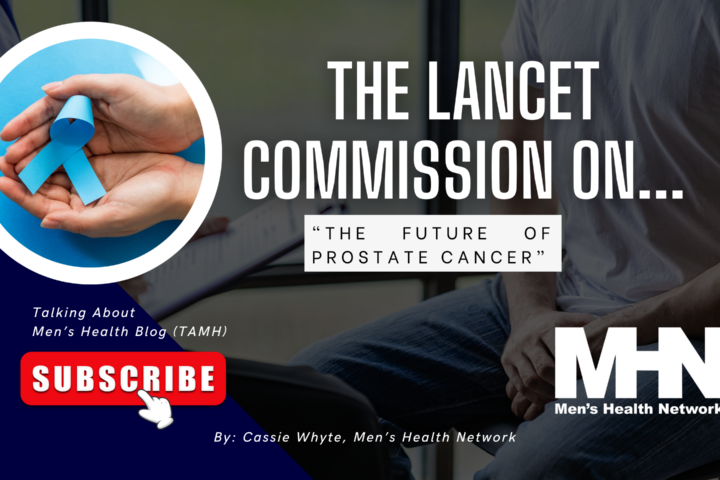 A Transurethral Resection of the Prostate (TURP) is a surgical procedure to remove excessive growth of the prostate gland, caused by Benign Prostatic Hyperplasia (BPH). The prostate is a small gland within the male reproductive system. The prostate gland is essential for the functioning of the male reproductive system as it secretes fluid into the urethra during ejaculation. The prostate gland sits directly below the bladder and surrounds the neck of the bladder as well as the beginning of the urethra.
A Transurethral Resection of the Prostate (TURP) is a surgical procedure to remove excessive growth of the prostate gland, caused by Benign Prostatic Hyperplasia (BPH). The prostate is a small gland within the male reproductive system. The prostate gland is essential for the functioning of the male reproductive system as it secretes fluid into the urethra during ejaculation. The prostate gland sits directly below the bladder and surrounds the neck of the bladder as well as the beginning of the urethra.
A TURP is needed in order to relieve symptoms due to prostate enlargement, often due to Benign Prostatic Hyperplasia (BPH). The cause of BPH is unknown but it appears that is due to changes in the levels of male hormones in the blood as men age. Studies have shown a high correlation between dihydrotestosterone (DHT) levels and enlarged prostate. When the prostate is enlarged, the gland can press against the urethra and obstruct the flow of urine out of the body. BPH is a condition known to cause problems with urination.
Symptoms may include:
- Problems with getting a urine stream started
- Having to urinate more frequently at night
- Having an urgent need to urinate
- Dribbling after you finish urinating
- Incomplete emptying of the bladder
These symptoms often create problems such as retaining urine in the bladder, which can lead to bladder infections or bladder stones. The goal of a TURP is to remove the prostate tissue which is causing the obstruction, alleviating most, if not all, of the urinary symptoms caused by an enlarged prostate.
A Button TURP is a less invasive surgical option for patients with BPH. The procedure is performed under Monitored Anesthesia Care (MAC), using a scope to view the prostate tissue. Using a small button shaped device on the end of the scope, heat is used to remove the excess prostate tissue that usually causes urinary obstruction in men. The button device coagulates the remaining healthy tissue, which less bleeding after the surgery. This allows patients to have this procedure done on an outpatient basis and have very good results. A urinary catheter is inserted so that the bladder and prostate may heal. The catheter keeps the urethra open if swelling develops and empties the bladder to avoid clotting. The procedure takes about 90 minutes to two hours.
Recent technological advances to reduce the invasive aspect of surgical treatments of BPHoffer options such as lasers, microwave, radio waves, and ultrasound. A new and promising laser procedure, GreenLight Laser PVP (photoselective vaporization of the prostate) has been demonstrated to remove prostate gland overgrowths using pulses of light with nearly no bleeding, less catheterization, and a greatly reduced recovery time.
However, a TURP has several advantages over the newer technologies. For men with other health problems that make the newer procedures inadvisable, a TURP is the best option for treatment of BPH. If the prostate has grown too large, newer procedures may not be as effective, and some may feel more comfortable with surgery than an unfamiliar technology.
Risks of the procedure
As with any surgical procedure, certain complications can occur. Potential complications may include:
- Blood in the urine after surgery
- Painful or difficult urination
- Possibility of infection
- Retrograde ejaculation (when ejaculation occurs in the bladder and not the penis)
- Bleeding



